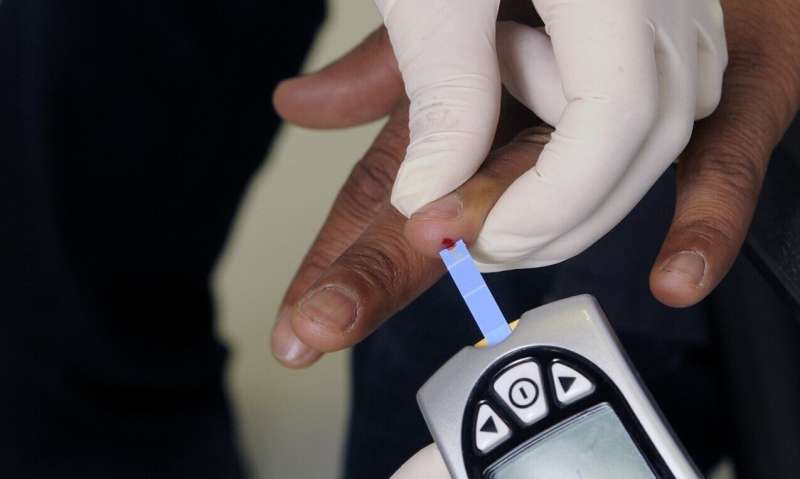
Gender-affirming hormone treatments caused cholesterol levels to increase for transfeminine individuals and to decrease for transmasculine individuals, according to a study published in JAMA Pediatrics.
Robert Garofalo, MD, MPH, the Potocsnak Family Professor in Adolescent & Young Adult Medicine, chief of Adolescent Medicine in the Department of Pediatrics and a professor of Preventive Medicine, was a co-author of the study.
Mortality and morbidity from cardiovascular disease differ between men and women. One hypothesized cause is sex-related differences in lipid profiles, according to the study.
Starting at puberty, male individuals have lower levels of high-density lipoprotein cholesterol (HDL-C) when compared to female individuals. However, the relative contribution of sex hormones versus sex chromosomes to this difference has remained unknown.
Two hundred sixty-nine transgender and gender-diverse adolescents were recruited into the multi-center study, of which one site was Ann & Robert Lurie Children’s Hospital. Thirty percent of participants were transfeminine and 70 percent were transmasculine.
After six months of estradiol treatment in transfeminine participants, average HDL-C levels increased by about 27 percent to fall within the expected range for female adolescents. Conversely, for transmasculine individuals, six months of testosterone treatment led to average HDL-C dropping by about 18 percent, within the expected range for male adolescents.
The investigators found that obesity attenuated the benefit of estradiol treatment on HDL-C levels and exacerbated the association of testosterone treatment with outcomes after six months. These previously unknown findings should be taken into account when treating adolescent individuals, according to the authors.
Source: Read Full Article
